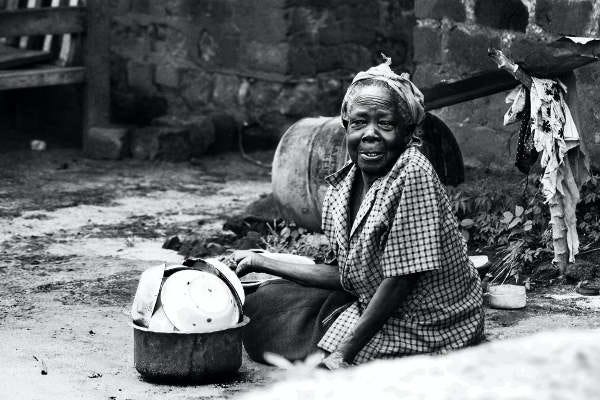Who has access to digital tech in Nigeria?
This is the second part in a two part series that explores access to digital technology in Nigeria. In this article, we explore the effect of age and gender on access to digital technology in Nigeria.
This is the second part in a two part series that explores access to digital technology in Nigeria. The first part explores the effect of geographical location and sector (rural vs urban) on access to technology reported by nearly 5000 households. This article will explore the effect of age and gender on access to digital technology in Nigeria.
About the data
The survey covered 17,713 (9,040 female and 8,673 male) individuals across 4,971 (1,593 urban and 3,378 rural) households. All individuals were at least 10 years old and the households were sampled from all 36 states in the country, including the nation's capital.
Access to Telephones
Those who reported not having access to phones were mainly young people under 16 years old. Although 50% of those without access to phones and younger than 25 years old were female, a larger proportion (73%) of those over 25 years old were female.

It has been well reported and documented that there is a gender divide when it comes to access to technology. This is particularly true for developing countries. We took a closer look to see the effect of gender on reported access to a phone. Although the data shows that nationally, 49% of those with access to phones were female, there is more of a gender divide when looking at access by state. The chart below shows that in states like Kebbi, Zamfara, Taraba, Kaduna and Katsina, females disproportionately have less access to a phone compared to males.

Access to Internet
Participants with access to internet ranged between ages 10 - 90 years old (n = 4658) with 75% of participants being 39 years old and younger. Of those with internet access, 51% came from urban areas across the country with 49% from rural areas.

In a similar way that access to phones were biased towards males, access to the internet was even more so. Even though 51% of those who participated in the survey were female, only 42% of those who had access to the internet were female. Simply put, there were only two states in Nigeria where internet access for females reached or exceeded the level of female representation. The chart below shows a state level breakdown of internet access by gender.

Combining the state data into groups of Nigeria's geo-political zones, one can see that the Northern regions typically have a lower proportion of females with internet access as well as access to phones. The lowest proportions were recorded in the North West region. The South East region has the highest proportion of females with access to phones (54%) and internet (47%).

Closing thoughts
The regional differences in female representation evident across the country from this study is worth some reflection. One would expect that the level of education of individuals affects their access to jobs. Employment affects standard of living, which in turn affects likelihood of affording the cost of technology. If education and employment are the strongest barriers to technology adoption, then in comparison to other regions in Nigeria, those from South-East Nigeria appear to be doing a better job of bridging the gender divide.
So, to what extent are you willing to risk excluding market segments from that tech idea or innovation? Have you carefully considered lowering the entry barriers to include existing conditions that the target market currently lives by? If you would like a closer look at the data and visualisations from this article, see this observable notebook.
Acknowledgements
This article is based on data collected by the Nigeria National Bureau of Statistics. General Household Survey, Panel (GHS-Panel) 2018-2019. Dataset downloaded from www.microdata.worldbank.org on June 9 2020.







